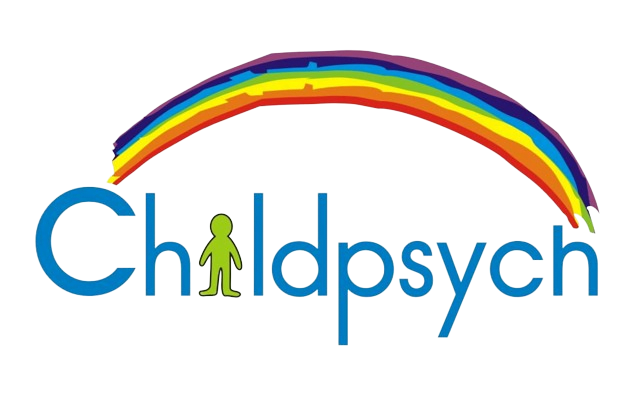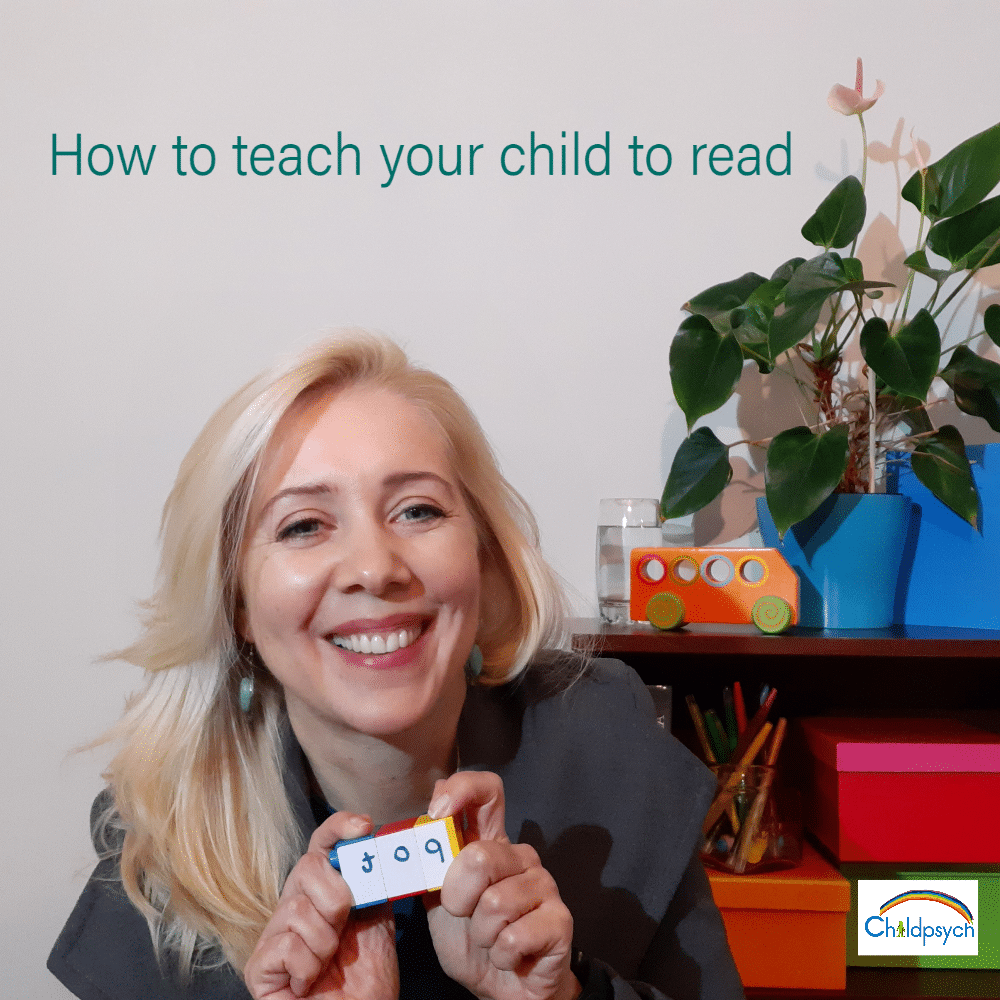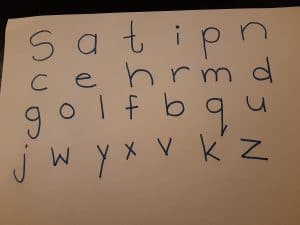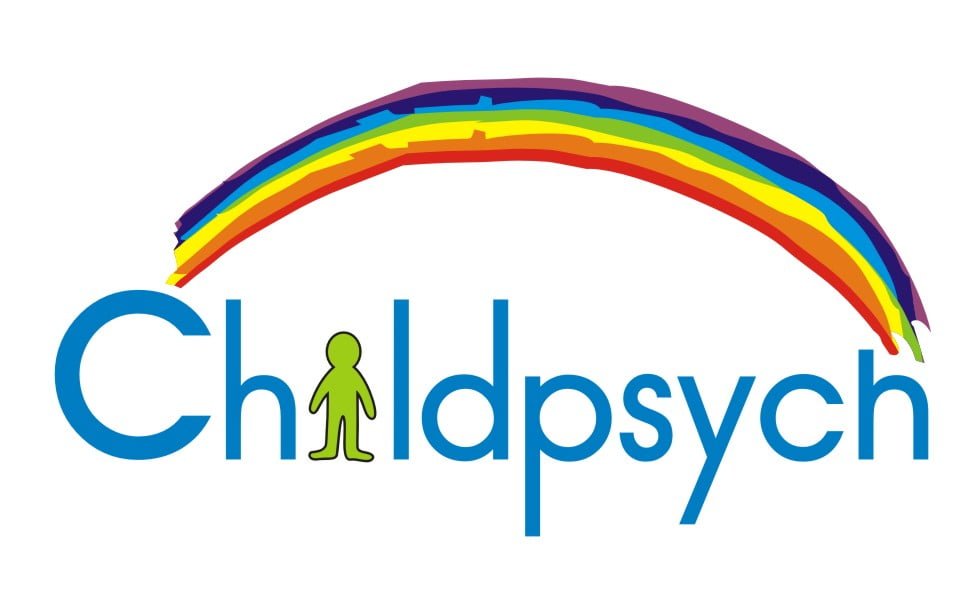Today we discuss a topic that is probably one of the most exciting within Early Childhood Development. Because during this video I am going to be showing you how to teach your child to read. As exciting as this prospect is though, I do want to caution you. Teaching a child to read is NOT a process that should be rushed in any way.
Before you teach your child to read – make sure that she is ready.
In other words, that they have well developed pre-reading skills. These are all the skills that we have been focusing on in our previous videos. All our work on Auditory Perception, Visual Perception and Concept Development was to build a solid foundation for learning to read. So, if you are new in joining us in this series, I would highly recommend that you catch up on the previous videos first before watching this video. Links to all previous videos appear at the bottom of this article.
Accidental Learning
Once your child has well developed pre-reading skills, you can start to casually introduce them to text. Point out signs, logo’s and posters in your environment. And print labels to stick on common items such as the chair, door, window, bed, etc. Remember to also print labels with your child’s name on to help him recognise it later.
Introducing letters
Now, when teaching your child to read there is a specific way in which to introduce the letters:
- it is important that you introduce them to small letters and not capital letters. Why? Because more than 90% of the text that they are going to be coming across in books will be printed in small letters. Teaching the small letters first, means that your child will be able to read most books, even if they don’t yet know the capital letters.
- Remember to use the letter sound and not the letter name. Thus A, B, C should be: Ah, Buh, Kuh and not Ay, Bee, See.
- Remember NOT to introduce the letters in alphabetical order. It tends to confuse children as there are too many letters that appear close together in the alphabet, that also look and sound similar. For instance: b & d, p & q, m & n. Instead, introduce sounds in this order:
Also, be very careful about the way that you pronounce the 5 vowel sounds and the letter c. More about this in the video above.
When teaching children to read, it is common for them to still reverse letters like b, d, p, q, g for quite a while. It is also common for them to become confused by different fonts and the different ways in which letters may be pronounced. Remember to be patient and to offer help if they get stuck. And try to spend at least a week on each letter when teaching your child to read.
Activities to help your child learn his letters include:
- Forming letters out of playdough
- Drawing letters in the mud or sand outside
- Drawing letters with his fingers in a tray full of rice, flour or jelly powder
- Writing on the mirror in shaving cream
- Drawing letters of different textured paper
- Circling a specific letter
- Tracing, cutting, threading, painting and colouring letters
- Creating “secret messages” with white crayon on white paper
- Forming letters from cooked spaghetti
- Making a personalised dictionary
Blending:
Learning to blend letters into a word is more a parallel step to learning letters than it is a consecutive one. Up until this point we have mostly focused on the beginning sounds of words. But when you teach your child to read, they will want to know what all the sounds in a word are. Remember to use easy, 2 to 3 letter words when teaching Blending. (i explain which kinds of words to stear clear of in the video and why). While blending point to each letter as they say the sound aloud. Now drag the sounds together from the beginning to form a word.
Games to play when teaching your child to blend:
- Crosswords
- Word searches
- Rainbow Writing
- Duplo words
- Word playing cards to Snap or Go fish
- Word puzzles
- Popsicle sticks and washing peg letters
Sight Words:
As you teach your child to read, you may notice that some words occur very frequently in storybooks. In the 1930’s a teacher named Edward William Dolch noticed this too and compiled these words into a list of “high frequency” words. Dolch felt that if children could learn to recognise these words automatically, it would save them more time in which to decode unfamiliar words.
All together these lists contain about 220 words and 95 nouns. Now, it is important that when teaching your child to read you initially teach them to identify the sight words on their own. But the real practice comes into play when children come across these words in context. It is thus very important that they read often in order to learn to recognise the sight words.
Last comments for this week:
Remember not to rush through these activities. You might want to save next week’s video and get back to it once your child has mastered the tasks above. Please feel free to share these videos and follow us on Facebook and Instagram or more tips.
Other videos in this series include:
Six mistakes parents make in teaching a child to read





